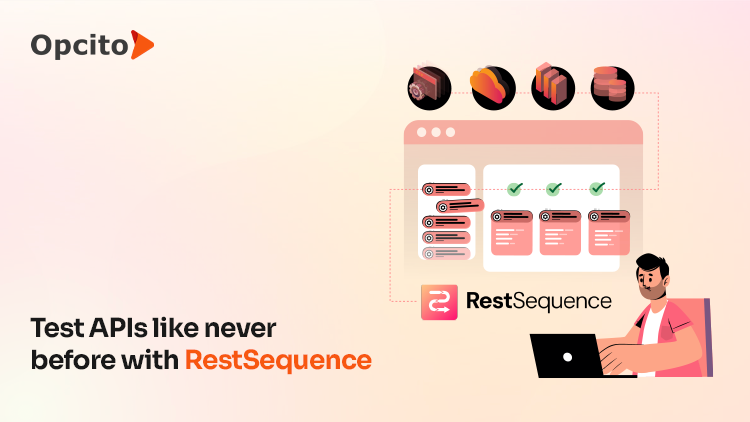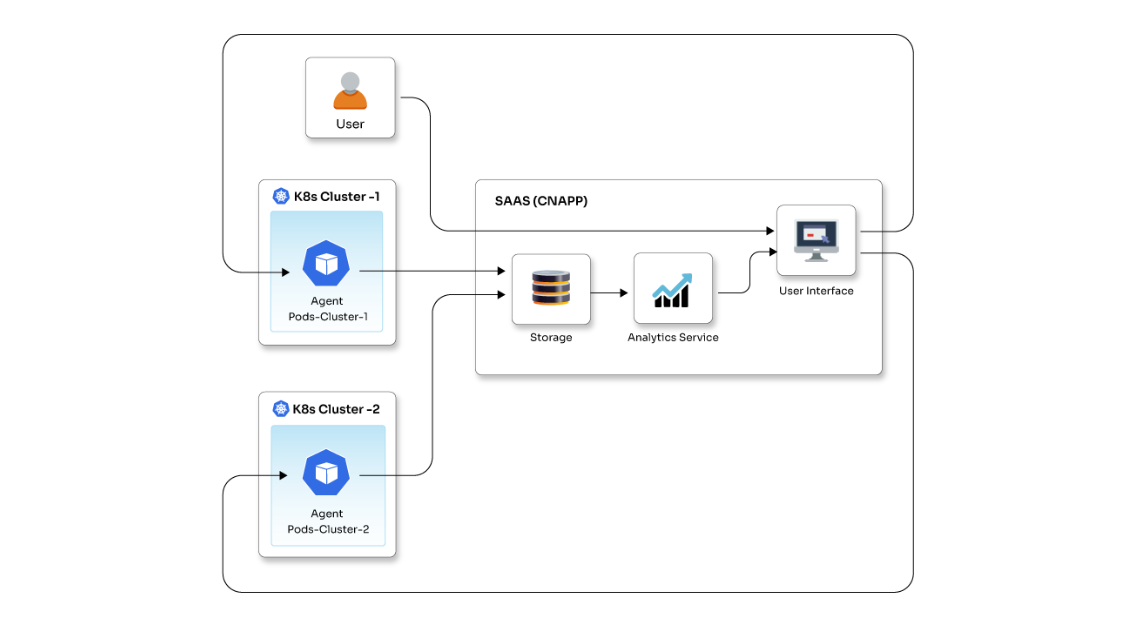Technological advancements enabled fast-paced business environments. And to cope with the delivery speed needs of the speedy business environments, traditional development practices were never going to be enough. Thankfully, most of us realized that and replaced the traditional top-down, rigid, and hierarchy-oriented delivery models with a cultural change that involved better coordination between Ops and Devs. All types and sizes of organizations are embracing DevOps for faster software delivery, improved ROI, and better functionality. According to the 2020 DevOps Trends Survey by Atlassian, 99% of respondents said that DevOps has positively impacted their organization. By adopting DevOps, organizations can undergo immense business transformation with faster release of software applications, update rollouts, defect identification and resolution, stable operating environment, and the ability to sense & react to dynamic market changes.
In 2007, Patrick Debois coined the term “DevOps” as he highly believed in the agile methodology and thought that the development and operations team would reap benefits by using the same value when working together. Since then, the constantly changing business models and the ever-growing competition have escalated DevOps adoption in the last decade. Be it startups or big organizations, businesses of all types are intensely interested in continuously improving the speed and quality of their software development. Big names like Flipkart, Amazon, Netflix, and Hotstar are thriving today because DevOps serves as their backbone and is a significant reason for their technological success.
DevOps is a familiar concept now. Newer tools and platforms are making it better and better. However, there are still some old habits that tend to overwhelm the overall idea of DevOps. Here is how you can mold some of them for better DevOps -
-
Need for Speed doesn’t mean compromising security and stability: All the development and deployment process advancements have one prime aim, i.e., speed. Automation and DevOps have certainly helped to deploy and deliver applications faster than ever before. However, this doesn’t mean that you need to compromise on the quality, stability, and security fronts. In DevOps, the emphasis is on pushing products faster, but that may happen at the cost of keeping security in second place. As a result, vulnerabilities may appear in the product and the underlying infrastructure, which may turn out costly either immediately or in the longer run.
Keep regular checks starting from the very initial stages. “Test early, test often” is a mantra you should keep in mind while designing any pipeline. Make sure your security and development teams communicate effectively.
-
Say goodbye to silos: Everyone is aware that DevOps is not just a process but a cultural change. DevOps preaches collaboration amongst the teams during the software development life cycle. Its pillars stand on the concept of collaboration and sharing of information which makes it a success. According to Gartner, 75% of DevOps initiatives will fail to meet expectations due to issues around organizational learning and change through 2022. To work on technologies and run different tools, all the teams need to come together and work toward a common goal. One of the most common roadblocks is when development occurs not with a single unit but with many small teams within an organization. Sometimes it becomes difficult to bring all these teams together and establish a collaboration. However, the teams must communicate seamlessly to achieve better results.
-
Avoid the imitation game: DevOps tools, pipelines, and cultural changes vary from organization to organization. Large organizations are known for their robust DevOps process and are pretty successful with their deployments. But this doesn’t mean every organization can copy the model as it is. You can look up to these organizations but should not work toward replicating their processes. Whenever your organization makes a small change, analyzing your end user’s reaction and behavior is essential. So, blindly imitating a hugely successful DevOps may not be a wise decision.
-
Avoid using multiple tool standards: The lean nature of DevOps is what makes it successful. To achieve the highest possible value by enabling a flow through the value stream. Make sure that you give complete freedom to your teams to explore and create more. We tend to limit our teams unknowingly when we create numerous standards around tools instead of allowing the teams to experiment with tools of their choice. Definitely, there should be an outline. You should set the guardrails over the architecture and configuration of infrastructure. However, make sure that you give full autonomy to the teams to choose the technologies and tools that would serve best based on the requirements.
This was about the past habits that you need to keep an eye on. Now, let’s see how you define the future of your DevOps.
How to correctly measure DevOps with Key Metrics and KPIs?
To measure the success of the DevOps practices in your organization, you should track and quantify the key performance indicators and metrics. This will help you look for loopholes and work on them accordingly. Let’s have a look at these key metrics and KPIs.
-
Deployment frequency: Deployment frequency is one of the key factors as it will point to the areas that require more attention and areas that are perfectly working. A continuously increasing and stable deployment frequency is what makes for sustainable growth and development.
-
Change failure rate: Make sure to assess the increasing frequency in your DevOps process in conjunction with the failure rate. If the frequent changes tend to fail a lot, it will eventually result in a less efficient system that can affect your revenue.
-
Mean Time to Recovery (MTTR): With the help of MTTR, you can measure the average recovery time taken from failure to resolution. Always aim toward making your MTTR better as it highly reduces costs and works towards customer satisfaction.
-
Lead time: To evaluate the workflow and productivity, just measure the average time taken from an idea to implementation. Having reduced lead times indicate that your DevOps teams are adaptive, productive, and can quickly take care of the feedback.
-
Change volume: It is crucial to measure the volume change between the deployments as metrics of deployment frequency can be ambiguous. It is advisable to track the changes that occur during each deployment to figure out the progress representation appropriately.
-
Defect escape rate: There shouldn’t be any doubts regarding the occurrence of the errors as they are bound to occur whenever changes are executed. You should always be prepared for this and plan the defects properly as a part of the entire software development cycle. With the defect escape rate, you can review the whole quality of the software releases by analyzing the errors that occurred and resolved in the pre-production process compared to the production.
Organizations that practice DevOps for continuous development or are in the process of adopting it ultimately strive toward customer satisfaction. However, if the change is not uniformly applied, any comprehensive transformation strategy may lead to failure. It would always help to have a roadmap for the journey of your business transformation. With the help of our DevOps experts, you can rationalize, prioritize, and visualize the transformation with a measurable roadmap considering all the priorities, challenges, and business targets. Opcito can help you leverage DevOps principles to incorporate agility and quality. Get in touch with us for successful navigation of your business transformation journey with DevOps.


















